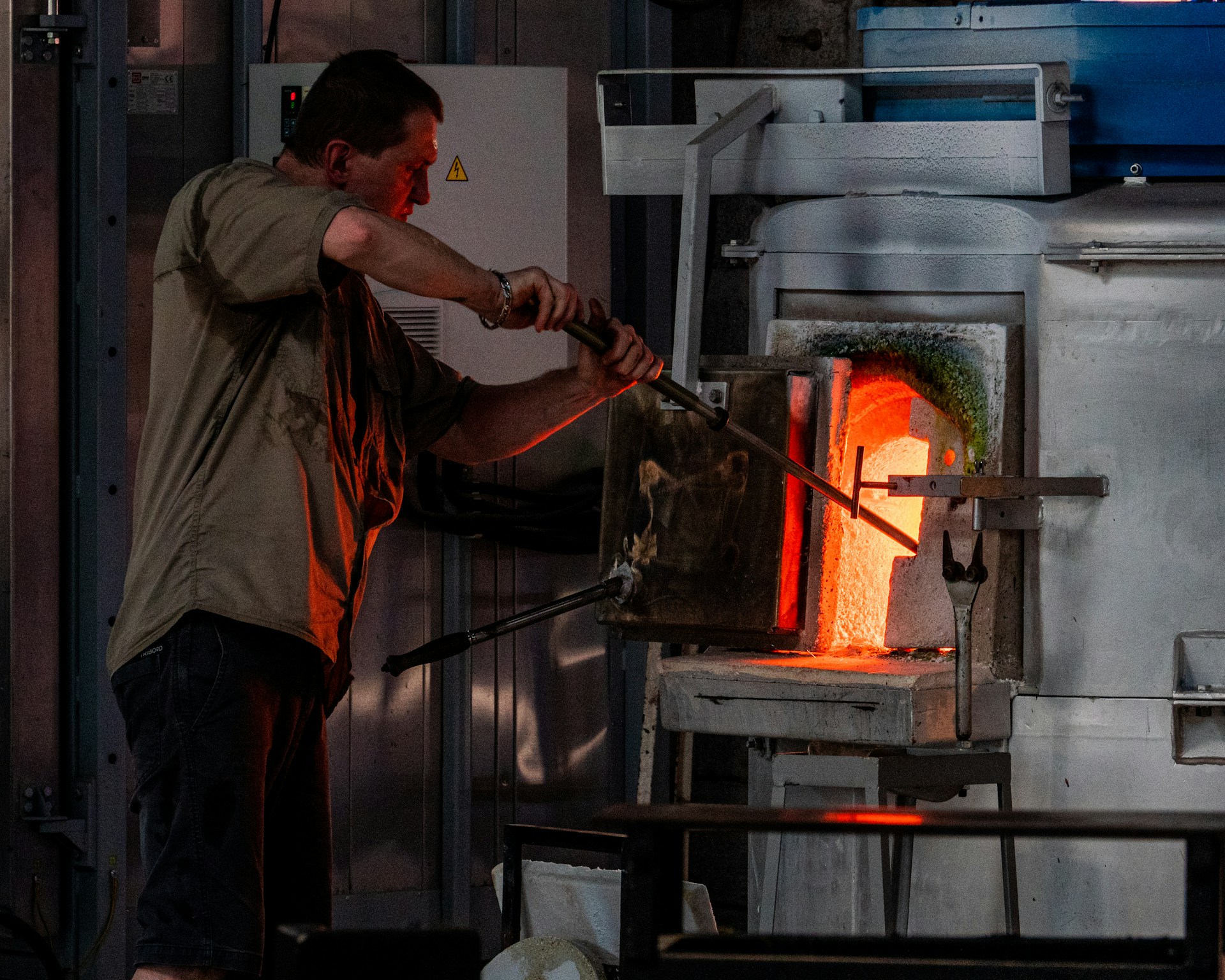Challenges and Solutions in Maintaining Industrial Furnaces

Maintaining industrial furnaces presents complex challenges that demand meticulous attention and strategic planning. These powerful heating units are essential for many industrial processes, from metal forging to chemical manufacturing. An industrial furnace's efficiency and longevity depend heavily on the quality of its components and the maintenance strategies employed to keep it in optimal condition. Utilizing high-quality components from reputable brands, like Trane furnace parts, can significantly enhance the performance and reliability of these critical systems. This article explores the multifaceted challenges encountered in the upkeep of industrial furnaces and delineates practical solutions to ensure efficient and safe operation. By understanding these challenges and implementing practical solutions, industries can safeguard their operations against unexpected downtimes and extend the service life of their furnaces.
Expected Wear and Tear Effects
Industrial furnaces are subjected to extreme temperatures and continuous operation, which can lead to various wear and tear issues over time. Components such as burners, heat exchangers, and refractory linings are particularly vulnerable to degradation. This deterioration affects the furnace's ability to maintain consistent temperatures and increases fuel consumption and operational costs. For instance, a compromised heat exchanger can allow heat to escape, reducing the furnace's efficiency and leading to uneven heating and increased energy expenditure. Similarly, damaged refractory linings can expose structural elements to extreme temperatures, risking furnace integrity. Understanding these wear and tear issues is crucial for developing policies to mitigate their impact and maintain furnace efficiency.
Strategic Replacement for Uninterrupted Operations
The strategic replacement of critical furnace components is vital for maintaining uninterrupted operations in industrial settings—components from reputable manufacturers offer reliability and performance that are essential for the smooth functioning of an industrial furnace. Timely replacing these parts prevents unexpected breakdowns and ensures it operates efficiently. For example, regular replacement of filters and seals can prevent contaminants from affecting the furnace's internal mechanisms, while updating control systems can enhance operational precision. By identifying and replacing worn-out parts before they fail, industries can avoid costly downtime and maintain continuous production flows.
Maintenance Schedule to Minimize Downtime
Preventive maintenance is a proactive approach to furnace upkeep, designed to identify and address potential issues before they lead to significant problems. Implementing a comprehensive preventive maintenance schedule involves regular inspections, cleaning, and replacing worn parts. This approach extends the furnace's lifespan, maintains efficiency, and reduces the risk of emergency repairs. Preventive maintenance activities include inspecting burners for proper flame shape and size, checking electrical connections for safety, and examining refractory linings for integrity. By adhering to a preventive maintenance schedule, industries can minimize downtime and ensure their furnaces operate reliably and efficiently.
Importance Of Regular Inspections
Operational safety is paramount in the management of industrial furnaces. Regular inspections are critical in identifying safety hazards, such as gas leaks, structural weaknesses, and malfunctioning control systems. These inspections should be thorough and conducted by experienced professionals who recognize signs of wear and potential risks. Addressing these issues promptly can prevent accidents and ensure the safety of personnel and facilities. Regular safety inspections comply with regulatory standards, helping industries avoid legal penalties and operational disruptions. By prioritizing safety through regular inspections, industries can protect their workforce and assets while ensuring compliance with safety regulations.
Advanced Control Systems
Integrating advanced control systems into industrial furnace operations can significantly optimize performance and efficiency. These systems precisely control temperature, pressure, and airflow, allowing for uniform heating and reduced energy consumption. Advanced control systems can also facilitate real-time monitoring and diagnostics, enabling operators to identify and rectify issues swiftly. By automating control processes, industries can achieve more consistent product quality, reduce operational costs, and enhance the overall efficiency of their furnaces. Adopting cutting-edge technologies in furnace control systems represents a strategic investment in the future of industrial heating operations.
Sustainable Operations
Embracing technological advancements in furnace operations is crucial for enhancing sustainability and environmental responsibility. Modern industrial furnaces increasingly incorporate green technologies, such as waste heat recovery systems and low-emission burners, to reduce their ecological footprint. These innovations minimize the release of harmful pollutants and improve energy efficiency, leading to significant cost savings over time. For instance, waste heat recovery systems capture and reuse heat that would otherwise be lost, providing a sustainable energy source for other processes. Similarly, low-emission burners decrease the pollutants released into the atmosphere, contributing to cleaner air and compliance with environmental regulations. By adapting to these technological advancements, industries can ensure their furnace operations are efficient, reliable, and sustainable, aligning with global efforts to protect the environment and conserve resources.
Conclusion
Maintaining industrial furnaces involves navigating a complex landscape of challenges, from managing wear and tear to ensuring operational safety. The strategic replacement of critical components from reputable brands, such as Trane furnace parts, is crucial in maintaining the efficiency and reliability of these essential systems. Implementing a preventive maintenance schedule, conducting regular safety inspections, and optimizing furnace operations with advanced control systems are vital strategies for minimizing downtime and enhancing performance. By addressing these challenges with proactive and strategic solutions, industries can ensure the longevity and efficiency of their furnaces, safeguarding their operations against disruptions and maintaining an edge in their respective markets.